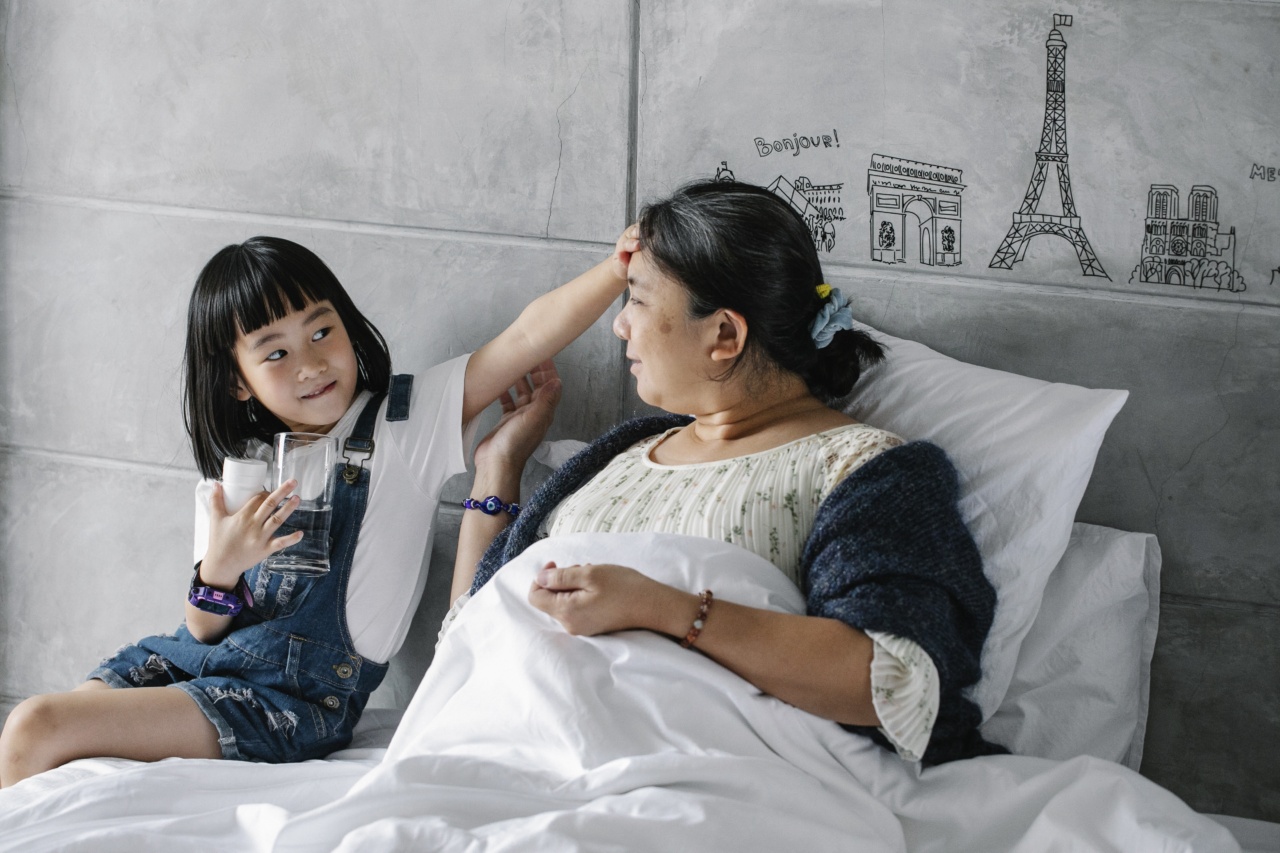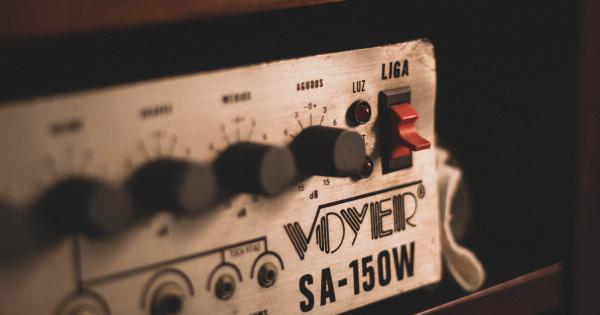Undergoing surgery can be a stressful and overwhelming experience for children. The recovery process can be even more challenging, often requiring additional support and interventions to ensure a smooth and successful outcome.
In recent years, there has been an increased focus on enhancing children’s recovery after surgery through various interventions. These interventions aim to address the unique needs and vulnerabilities of children, promoting physical healing, emotional well-being, and overall adjustment to the surgical experience.
Psychological Interventions
Psychological interventions play a crucial role in supporting children’s recovery after surgery. One widely used intervention is cognitive-behavioral therapy (CBT).
CBT helps children identify and manage their fears, anxieties, and pain associated with the surgery. It equips them with coping mechanisms and helps them develop a positive mindset towards the recovery process.
Preoperative Education
Preoperative education is another essential intervention that benefits children before their surgery. By providing age-appropriate information about the surgical procedure, children can better understand what to expect, reducing anxiety and fear.
Educating children about postoperative care and pain management also improves their compliance and involvement in their recovery process.
Play Therapy
Play therapy is a valuable intervention for younger children. It utilizes play as a medium for expression, allowing them to communicate their thoughts, feelings, and concerns surrounding the surgical experience.
Through play, children can process their emotions, gain a sense of control, and develop their coping skills. Play therapy can take various forms, such as using dolls, puppets, or drawings.
Physical Therapy
Physical therapy interventions are vital for children’s recovery, particularly for those who have undergone orthopedic or neurosurgical procedures.
These interventions aim to restore and improve physical function, reduce pain, and enhance mobility. Physical therapists use specialized techniques, exercises, and equipment tailored to the needs of each child, promoting a faster and more effective recovery.
Nutritional Interventions
Proper nutrition is essential for children’s recovery after surgery. Nutritional interventions focus on providing a balanced and nutrient-rich diet to support the healing process.
It often involves individualized meal plans, dietary supplements, and close monitoring by dietitians. Studies have shown that children who receive adequate nutrition during their recovery have improved wound healing and a reduced risk of complications.
Parental Involvement and Support
Parental involvement and support significantly contribute to a child’s recovery after surgery. Parents play a crucial role in providing comfort, reassurance, and emotional support.
They can actively participate in their child’s care, such as helping with postoperative exercises, medication administration, and adhering to follow-up appointments. Parental involvement enhances the child’s overall well-being and promotes a smooth recovery process.
Music and Art Therapy
Music and art therapy interventions have proven effective in reducing pain, anxiety, and stress among children recovering from surgery.
Listening to music or engaging in art activities activates the brain’s pleasure centers, distracting the child from discomfort and promoting relaxation. These interventions provide a creative outlet for self-expression and emotional healing, aiding in the overall recovery process.
Psychoeducation for Parents
Psychoeducation for parents is a valuable intervention that equips them with knowledge and skills to support their child’s recovery.
It aims to increase parents’ understanding of their child’s medical condition, potential complications, and the importance of medication adherence. Psychoeducational programs also address parental stress and provide coping strategies, ultimately benefiting the child’s recovery by creating a supportive home environment.
Postoperative Pain Management
Effective pain management is critical for children’s recovery after surgery. Multimodal pain management interventions combine various approaches, such as medication, non-pharmacological therapies, and behavioral techniques.
These interventions aim to minimize pain, improve comfort, and reduce the need for high doses of opioids. By effectively managing postoperative pain, children can experience a smoother recovery and resume their normal activities more quickly.
School Reintegration Programs
Returning to school post-surgery can be challenging for children. School reintegration programs help children transition back into the school environment smoothly.
These programs involve collaboration between healthcare providers, teachers, and parents to address any physical, emotional, or academic needs. They may include gradual reintegration plans, modifications to the child’s schedule, and support from school counselors to ensure a successful return to education.
Conclusion
Enhancing children’s recovery after surgery requires a multi-faceted approach that considers their unique needs and vulnerabilities.
By implementing a combination of psychological, physical, nutritional, and educational interventions, children can experience a smoother recovery process, improved emotional well-being, and better adjustment to the surgical experience. The interventions discussed in this article provide a framework for healthcare providers, parents, and educators to support children throughout their recovery journey.






























